For us Spandau residents, it is simply part of the cityscape, the Spandau Citadel. For Berlin visitors, the Renaissance fortress is one of the sights in the district of Spandau that should not be missed.
I drive almost daily past the citadel in Spandau and was also already to the most diverse events on the site, but so really busy I have with the historical building last in the 3rd class in science lessons and that is felt 1000 years ago. So high time to explore the home.

Some history about the Spandau Citadel
The first construction work to build the citadels began in 1557, and only a few years later (1620) Spandau was rebuilt with ramparts and the fortress became a citadel. In 1691 an explosion destroyed the Crown Prince’s Bastion, which was rebuilt the following year.
In 1806, without ever having defended itself, the commander handed over the citadel to Napoleon’s French army. During the wars of liberation, an artillery hit by the Prussians destroyed the powder magazine on the Queen’s Bastion. Here the restoration took place in 1821.

From 1935, an army gas protection laboratory was set up in Spandau Citadel, where research was carried out with the nerve gas Tabun.
Spandau Citadel was surrendered to Soviet troops without a fight on May 1, 1945. Later, the British administration took over the citadel. The Spandau Museum of Local History opened in the Palas in 1960.
From 1962 on, extensive restoration measures were carried out and, above all, explosive ordnance was searched for and had to be cleared.
Since 1992, the Stadtgeschichtliches Museum Spandau has been housed in the former armory.
In 2002, the Spandau district office developed a utilization concept for the citadel, in which the various buildings are used in very different ways. Today, in addition to some exhibitions in the Spandau Citadel, one can, for example, experience bat tours, take art courses and enjoy open air concerts in the summer. Events such as Easter or knight market, New Year’s Eve party or public viewing are held. House 4 is the place for artists. Here are about 40 studios of painters, sculptors, photo artists, glass engravers, restorers, textile designers and musical instrument makers.
The citadel construction
The Italian de Gandino was the architect of the Spandau Citadel. The fortress is symmetrically built and completely surrounded by water. The four bastions (King, Queen, Crown Prince, Brandenburg) are connected by courtyards. Attackers had to be prepared for the fact that there were no blind spots and thus an unnoticed attack was not possible.

The gatehouse is still the entrance to the citadel. A drawbridge leads to the interior of the complex.
The facade of today’s gatehouse was redesigned in the style of classicism after the bombardment of the citadel in 1813. Above the entrance hangs the Brandenburg coat of arms with the royal crown. The coat of arms is held by two black eagles and is inscribed with the words “Honi soit qui mal y pense” which translates as “A rogue who thinks evil of it”.

Gatehouse / Commander’s House of the Spandau Citadel
Right next to the cashier’s area, a staircase leads to the upper floor of the Commandant’s House. Here you can visit the exhibition “Castle and Citadel”.
When I enter the showrooms, I am speechless at first. What great premises! The former living quarters of the commander look bright and friendly. Behind a wrought-iron door, I discover a festive room used for wedding ceremonies. I can imagine that couples like to get married here. I like the ambience.

Only after I have seen my fill of the premises, I begin to occupy myself with the exhibition. Here you learn everything about the history of the castle and fortress. There are models and plans to see, which tell something about the construction. On paintings and photos I can get an idea of the use of the complex. I need quite a while to absorb all the information and so prepared I can go on my tour of the Spandau Citadel.
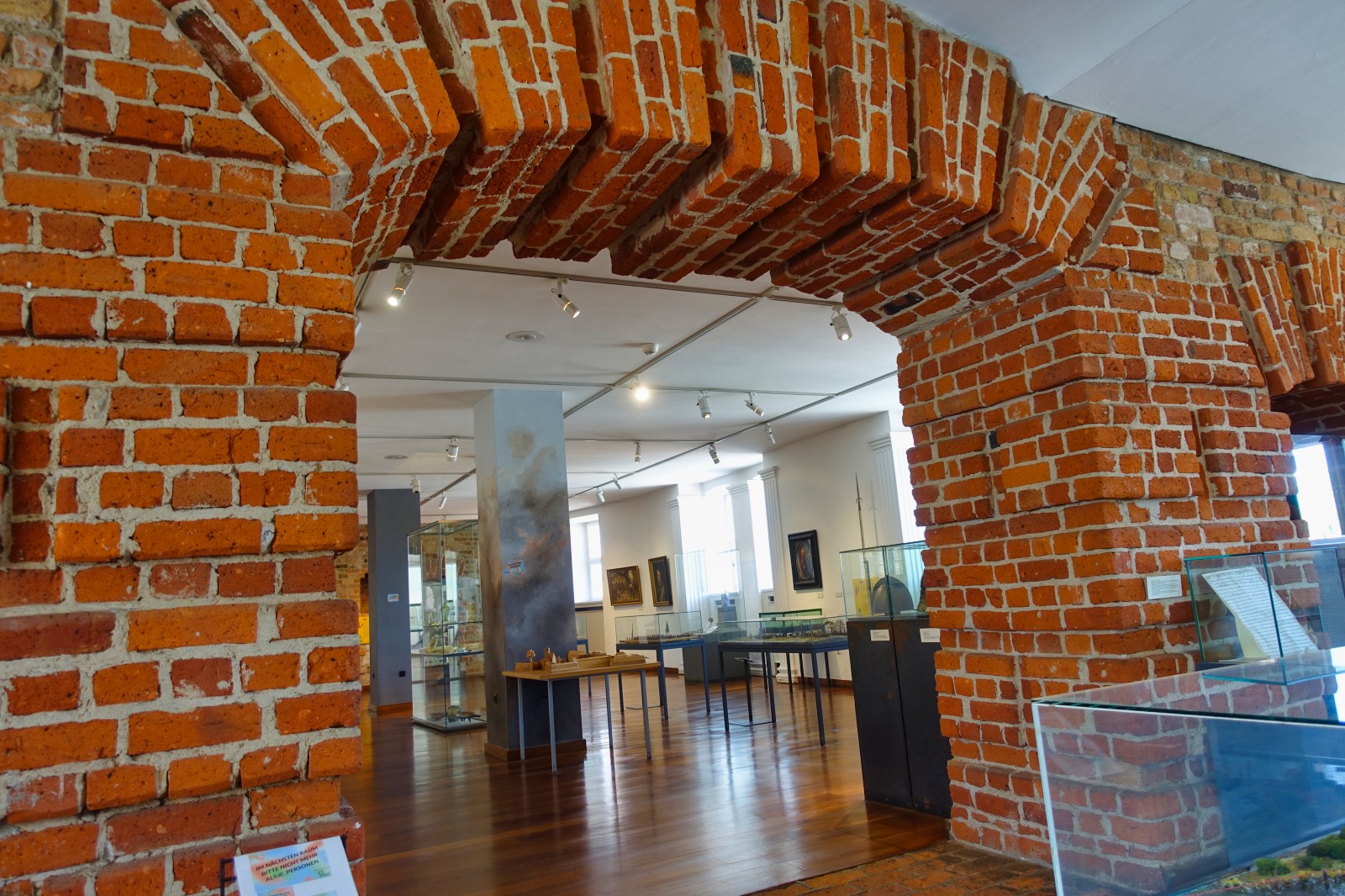
Palas
I leave the commander’s house the same way I went in and step through the archway into the courtyard of the citadel.
On the left is the Palas. It is the representative building of the electors from the 15th century. Here you can find the Gothic Hall. In this hall not only concerts are played, you can also rent this hall for events.

Directly behind it you can see the Julius Tower.
The Julius Tower
You can see it from afar, the Julius Tower. It is the landmark of Spandau and towers 30 meters above the fortress.
I climbed the 153 steps here for the last time as a teenager and can still remember very clearly how beautiful it was to see Spandau from above. When the weather is nice, it is even possible to see as far as Tegel. Unfortunately, the tower was closed to visitors during my visit, but I plan to make up for it later.

The tower was built in the 13th century and served as a defense of the castle, which stood at this place at that time. When the citadel was built in the 16th century, it was decided to preserve the tower and the palace and integrate them into the citadel construction.
The Julius Tower has a special feature that is not noticeable at first glance. It stands at an angle! The master builder Schinkel had to compensate for about 81 cm on the west side when he put on a new battlement in 1836.
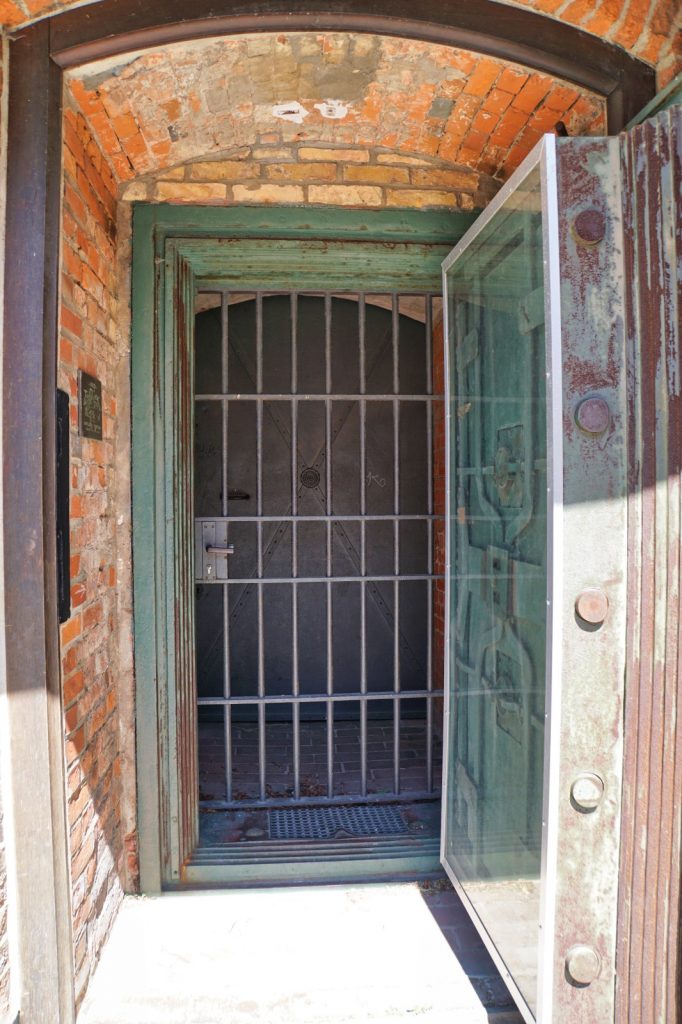
In the past, the Julius Tower served as a defense and watchtower. After the Franco-Prussian War, parts of the war indemnity were stored here. After the entrance was broken open in 1842, a vault door was installed in 1910 to secure it. To this day, it is one of the thickest vault doors in Berlin, weighing 3 tons.
After looking at the tower from almost every possible perspective, I continued past a former administrative building to the Bastion Kronprinz.

Bastion Kronprinz
In the bastion Kronprinz is the cannon tower, newly built around 1700. The upper floor is used by the Spandau Youth Art School. Here our daughter spent some great hours and learned a lot.

In the basement there are exhibition rooms. During my visit, two exhibitions were running, which I enjoyed looking at.
The first exhibition entitled “Source: Stasi – The German division in Spandau as seen through the eyes of the Stasi” shows the result of the youth history workshop, which has dealt with the topic over many years. As a Spandau resident, this compilation really excited me. I learned a lot about my district, especially about a time in which I grew up.
In the following rooms, I was able to look at paintings by the painter Minna Köhler-Roeber (1883-1957) on the theme of “Bourgeois city life and rural idyll”.
In the bastion Kronprinz there is a small harbor. This was also created only around 1700 when the cannon tower was redesigned. The small opening in the wall of the citadel creates a connection to the water-filled moat and the adjacent Havel River.

Old barracks
My tour continues past the building of the old barracks. The building dates from the 19th century and stands out for its yellow brick facade. Today, the building is used by the Center for Contemporary Art, which presents changing exhibitions here on about 2500 m3 of space.

Italian courtyards
I was attracted by the reference to the Italian Courts, which are located in the Brandenburg Bastion.
This area dates back to the early days of the fortress construction. For static reasons, arches were built in at that time, which today gives this part of the fortress its own quite different look than other areas. It reminds me a bit of the Italian archways.

Provision magazine of the Spandau Citadel
Next, I am attracted by the former provisions magazine, which was rebuilt around 1814.
Through a metal door I enter the rooms, where today a permanent exhibition is presented that particularly appeals to me. The theme of the exhibition “Unveiled. Berlin and its monuments”.
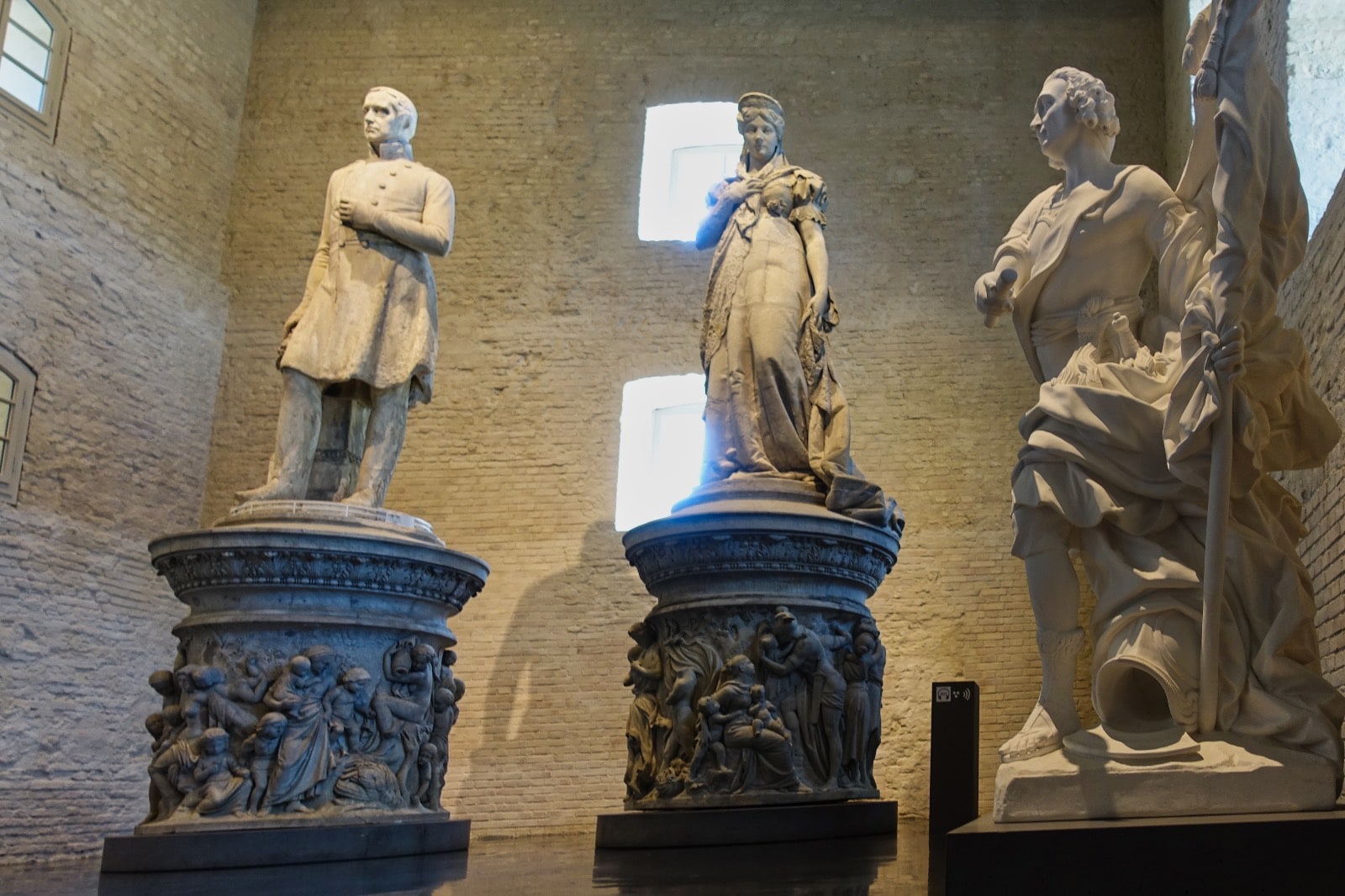
In the eastern Tiergarten, a magnificent boulevard commissioned by Emperor Wilhelm II was built (completed in 1901). On the Victory Avenue stood 32 monuments of all margraves and electors of Brandenburg and kings of Prussia (1157-1888). Each main figure was associated with two busts of other persons who had played an important role in that period. The avenue was fondly called “dolls’ avenue” by the Berlin population.

After the Second World War it was found that many figures were damaged. Today, four of them are considered lost. In the course of the road reconstruction, the figures had to give way from their places. The monuments of Albrecht the Bear and Friedrich Wilhelm IV found a new location in the Spandau Citadel. The remaining statues were moved to the garden of Bellevue Palace and in 1954 the then state conservator had them buried in the palace park for protection.
In 1978, they were excavated again and 26 statues and 40 busts were placed, some of them temporarily, in the Lapidarium in Kreuzberg. The bust of Freiher von Stein found a new place in the Mönchgasse in Spandau, others came into private ownership or public institutions.

In 2009 Berlin sold the Lapidarium and all busts and statues were moved to the Spandau Citadel by heavy transport. After the restoration of the works, the current permanent exhibition opened in 2016.
Let me say right away – I love this exhibition – even if “only” figures and heads are on display here. For some, this may seem boring, I am thrilled by the work of the artists. Starting with the proportions, which are indeed designed so that the viewer from the street does not see a distorted figure when looking up, to the small detail work on the clothes or face. That you can edit such a stone is always fascinating for me.
In the last room of the exhibition lies the huge head of Lenin. This comes from the Lenin monument from the Friedrichshain and was excavated from a sand pit on the outskirts of Berlin.
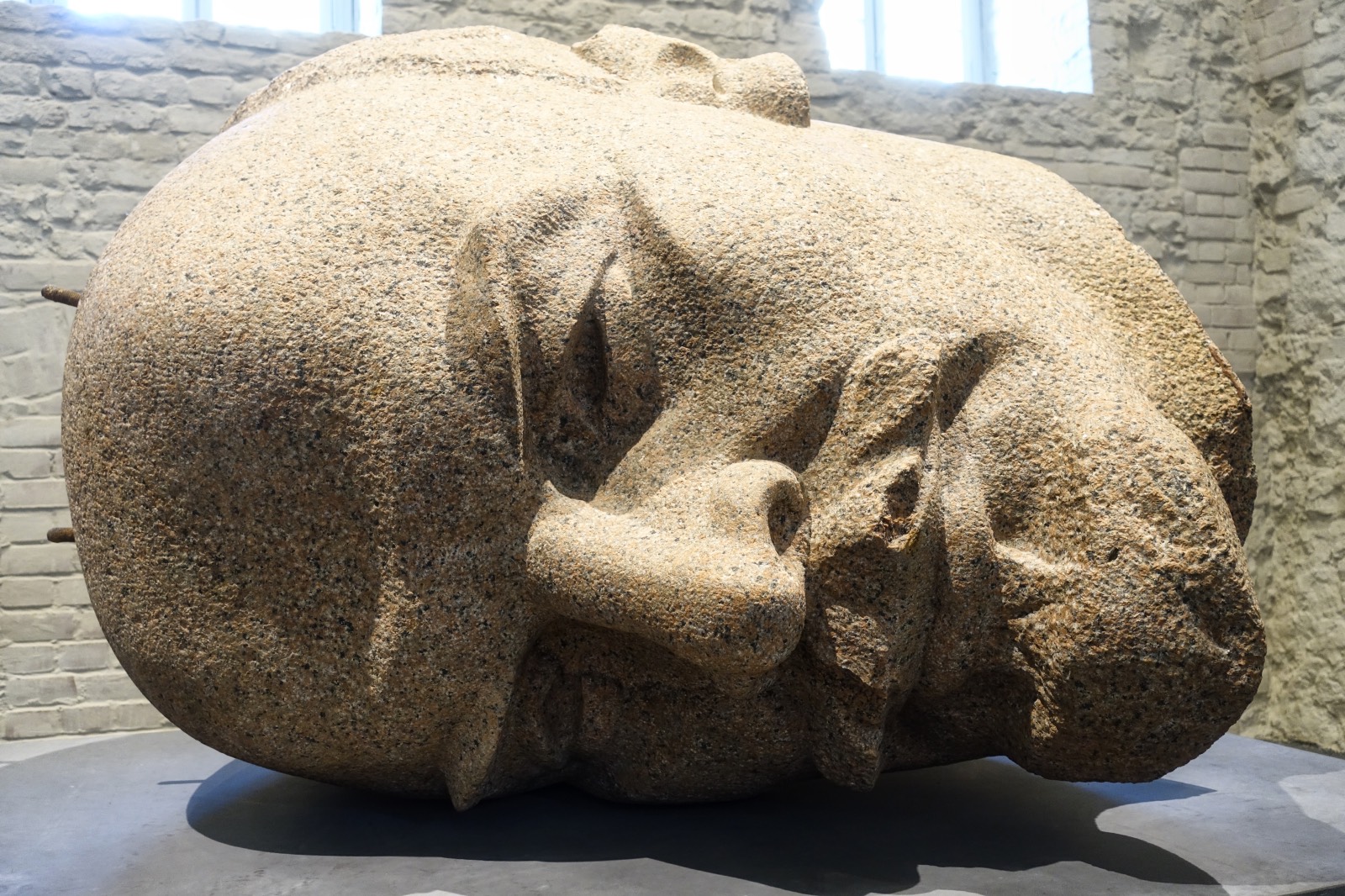
Drill Hall
The drill hall was built in the 19th century to protect the soldiers’ uniforms from the rain. Today it is the cannon hall of the citadel. Here you can see guns from several centuries. A collection of weapons reminds visitors that Spandau was Prussia’s armoury in the 18th century.

Arsenal
The arsenal of Spandau Citadel also dates from the 19th century. Originally, the soldiers’ uniforms and weapons were stored here.

Today, the basement houses the Spandau City History Museum. In the permanent exhibition, you can get an overview of Spandau’s history with over 300 exhibits. And at this point, as a Spandauer, I must point out: Spandau is older than Berlin! This is also clearly demonstrated by the exhibits dealing with the settlement and development of the Havel city of Spandau. Since 1920, Berlin has belonged to Spandau (seen from Spandau’s point of view) or Spandau to Berlin (seen from Berlin’s point of view).

In the museum, I’m fascinated by the section that deals with the film industry in Spandau. The CCC film studios, which are actually just called Atze Brauner Studios here, were first in Staaken and are now located in Hakenfelde. The studios produced films such as “Old Shatterhand”, “Im Stahlnetz des Dr.Mabuse”, “Edgar Wallace: Der Fluch der gelben Schlage” and many more.

Special exhibitions are shown on the upper floor of the arsenal in the Spandau Citadel. When I visited, the exhibition Bulb Fiction was taking place, which, fittingly for the Spandau lamp manufacturer Osram, dealt with the subject of light bulbs.
Bats in the Spandau Citadel
Every year, about 10,000 bats are in the Spandau Citadel during the cold season. This makes the fortress one of the most important winter quarters in Europe.
The animals find a variety of hiding places in the vaults. Those who want to learn more about the animals can do so in a showroom in house 4. Here you can observe live specimens from South America. About 150 tropical bats, such as the Nile flying fox and the spectacled leaf-nosed bat, can be seen here. The little vegetarians consume about 12 kilograms of fruit and vegetables every day. So that visitors can also see something of the animals, they are nocturnal animals and live in a reversed day/night rhythm.
Bat tours are offered at the beginning of spring. These depend on the light and activity times of the animals and can be enquired about (BAT – e. V.) .
Filming location Spandau Citadel
The citadel has been used as a film set several times. Several Edgar Wallace films were made here, such as “Der Rächer” and “Der Hexer”. The fairy tale film “Das Mädchen mit den Schwefelhölzern”, shot in 2013, is partly set in the Spandau fortress and in 2019 the band Rammstein is filming in some areas for their video Germany.
Address:
Zitadelle,
Am Juliusturm 64,
13599 Berlin
Webseite
Opening hours:
Friday – Wednesday: 10 -17 h
Thursday: 13-20h
Admission fees (2020):
Adults: 4,50 € (including museums, Julius Tower, exhibitions)
Reduced: € 2.50 (including museums, Julius Tower, exhibitions)
Further reductions are offered. Admission prices change for major events.
Audio guide in German, English, Spanish, French, Turkish, Russian and Italian: € 2,-.
Citadel Guided Tours:
Saturday, Sunday 11.00 a.m.
Cost 3,-€ plus admission
Guided tours of museums and exhibitions can be booked on the website .
Bat cellar:
daily: 12 – 17 h
For further information, please visit the website of the Berliner Artenschutz Team – BAT – e. V.
Tower tours:
Friday – Wednesday: 10 -17 h
Thursday: 13 – 20 h
Except in case of black ice and storm or due to regulations!
Disclosure: I was allowed to visit the Citadel free of charge. The photo permission was granted by the “Bezirksamt Spandau von Berlin, Abteilung Wirtschaftsförderung, Soziales, Weiterbildung und Kultur, Fachbereich Kultur”. Many thanks!








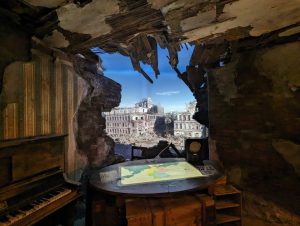






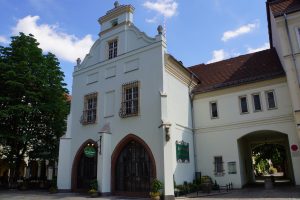

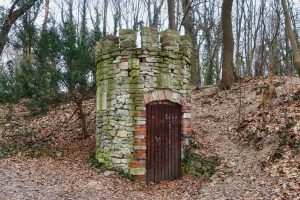
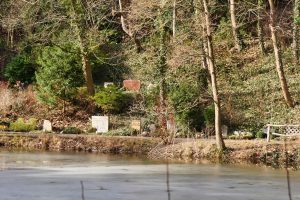
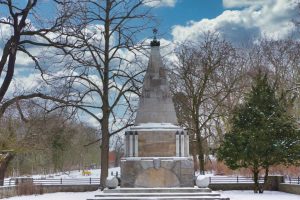





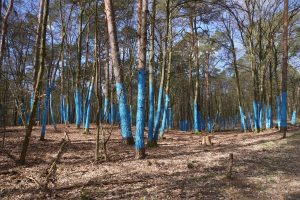




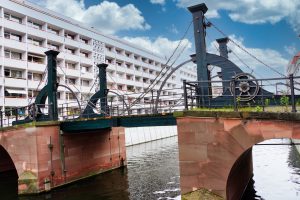
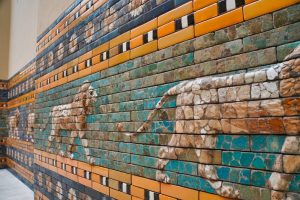



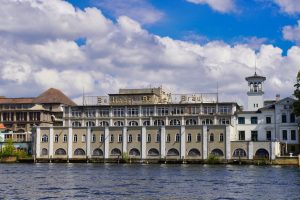









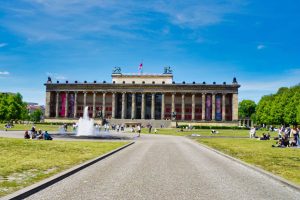





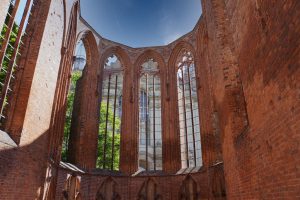



















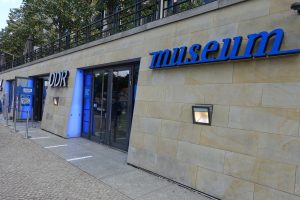





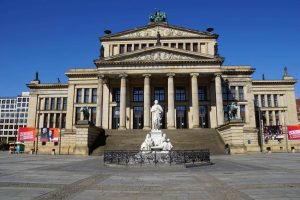






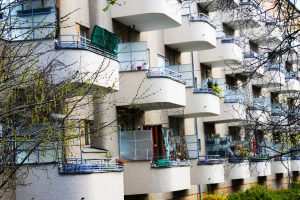





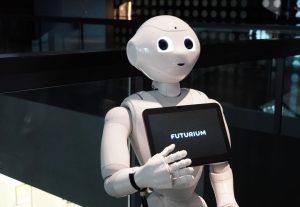




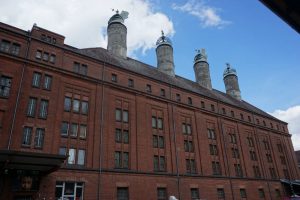





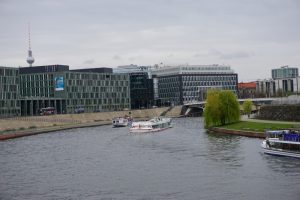
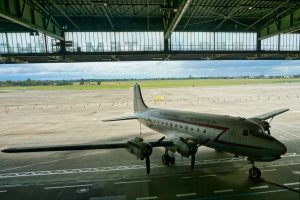








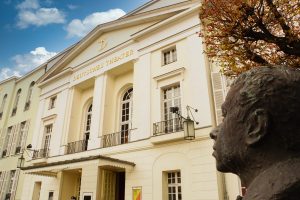


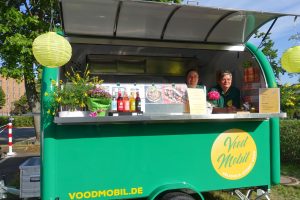















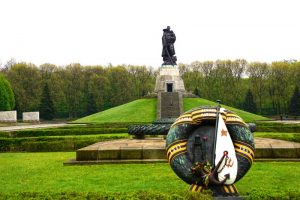














Leave a Reply